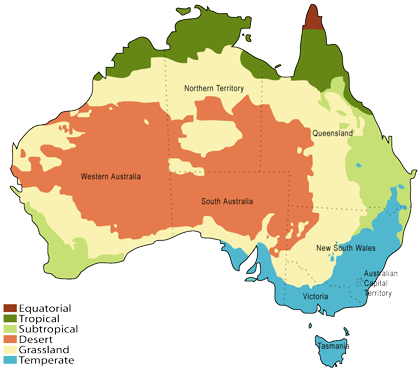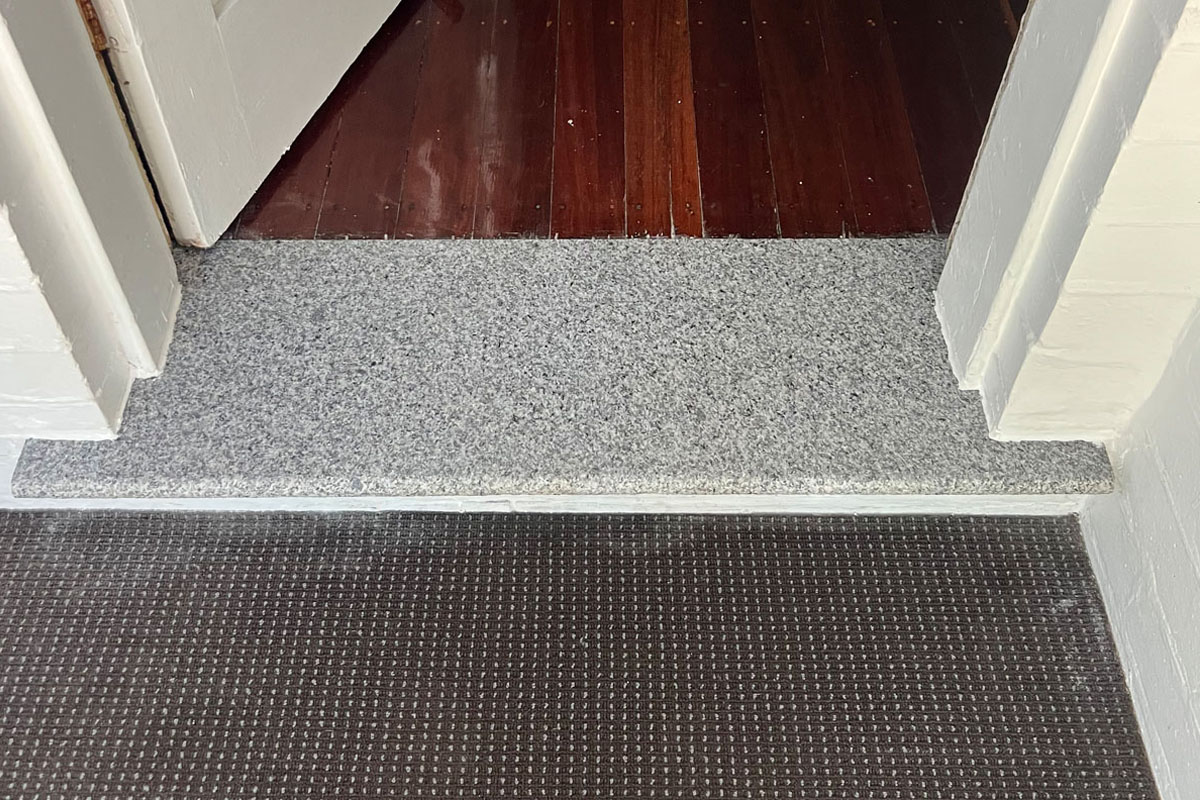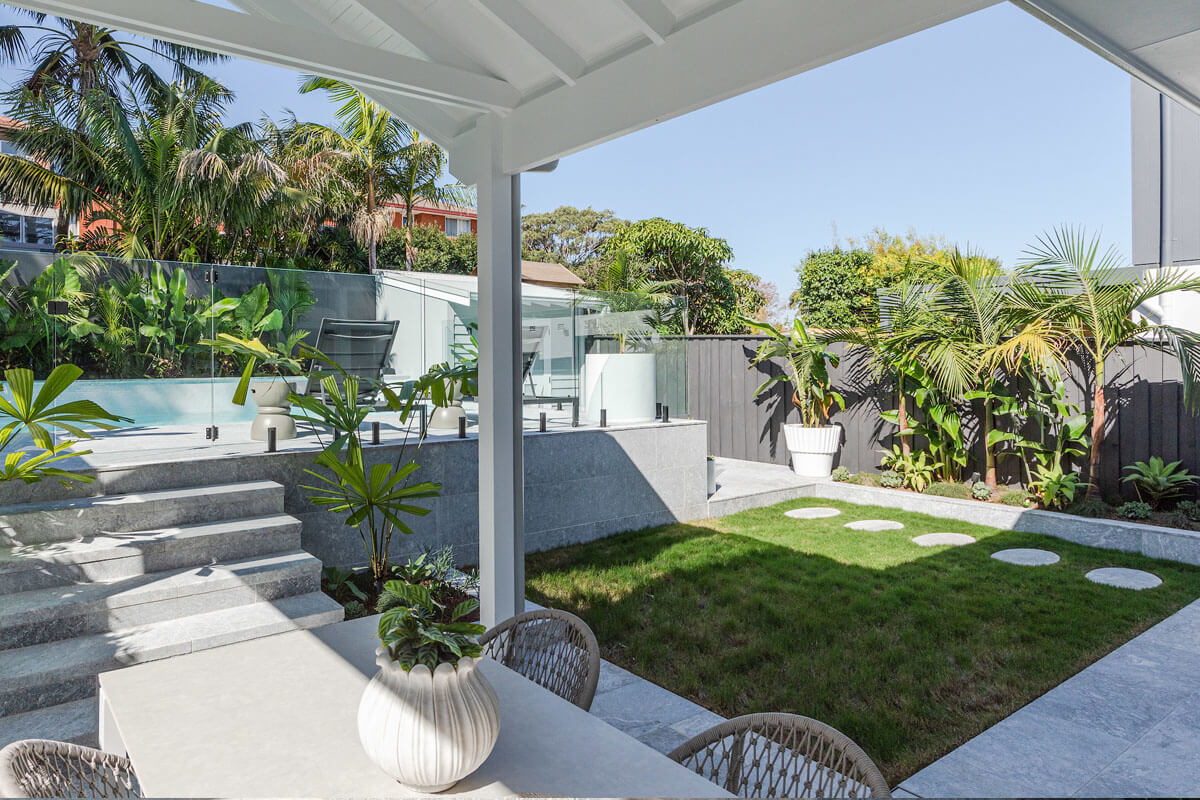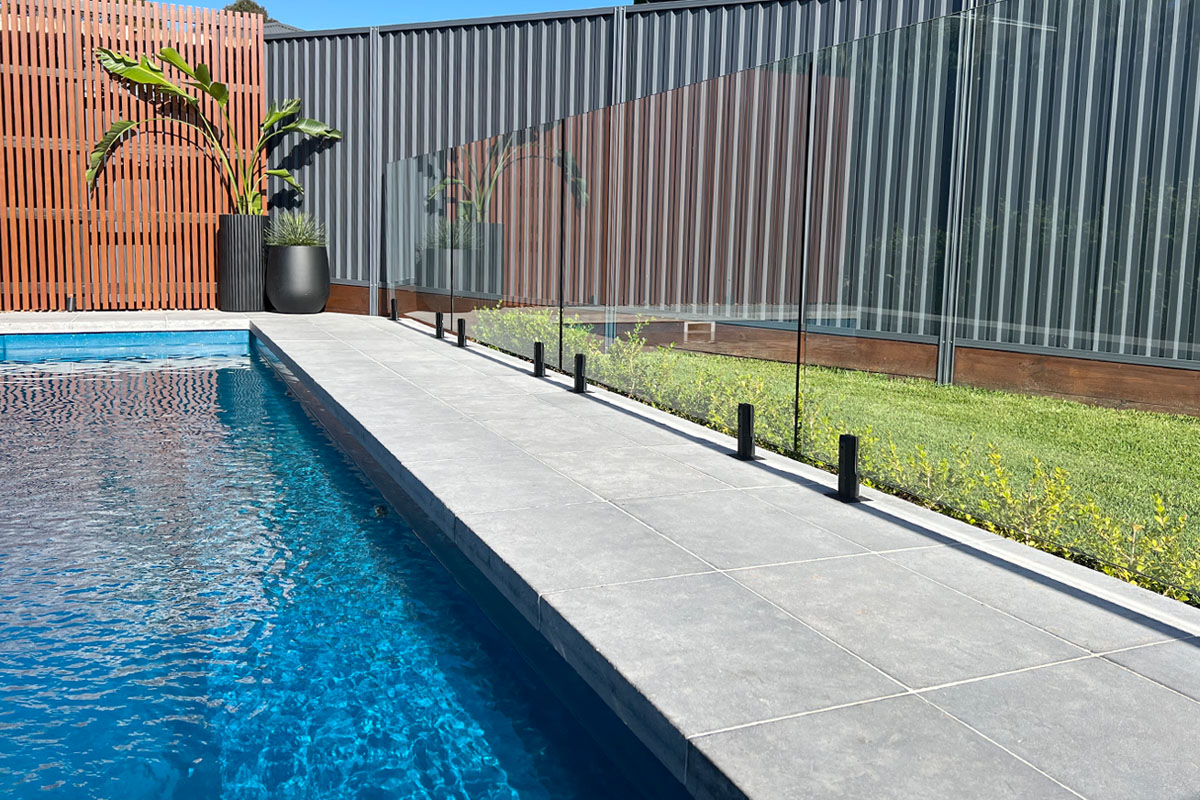Your Must Have Guide To Planting For The Australian Summer Climate
When people think of ‘Australia’ they think: ‘summer’, ‘beaches’, ‘hot’ and ‘desert’ (and koalas, kangaroos, island, spiders, sharks and crocodiles… but we digress).
You see, due to its expansive landscape, Australia’s climate is mostly governed by its size.
However, the hot and sinking air of the subtropical high pressure belt that moves north and south with the seasons, is also responsible for Australia’s climate. This makes the Australian climate variable: with frequent (and long) droughts in some areas, to heavy rainfall and flooding, in others.
Subsequently, Australia’s climate offers something to suit everyone across its eight states and territories.
So if you’re a garden aficionado in Australia, prior to buying the plants for your garden, it’s extremely important to know your local climate so that you’re able to select the plants that will thrive in your yard.
Important things to know are that changes in altitude significantly affect local temperature. So for every 100m of altitude you gain, the temperature drops by an average 0.8 degrees Celsius. Now, changes in latitude have a bearing on temperature, too. This means that the further away you are from the Equator and the closer you are to the North and South Poles, the cooler it gets. In saying this, it’s difficult to establish an accurate rule of thumb because there are a number of interacting and confounding factors.
Below is a rough visual representation of the varied climates you can expect to find across Australia.

The above map is a helpful guide to use when choosing the plants for your garden and making your landscaping decisions. While planting for the Australian climate is important any time of year, we want to emphasise that it’s especially important to consider the extreme, harsh and unforgiving heat of Australian summer months when plants take the biggest battering.
In our article below we outline a few important considerations to keep in mind when planting for the summer.
Planting for future climate
Though it’s important to consider the current local climate when planting your garden, it’s also important that you consider climate change and the future effect it will have on your garden environment.
While plant species are reacting to climate change by adapting or migrating to better conditions, this is not an option for gardens and as such, careful consideration is required. With the climate continuously changing, it’s important to consider planting and introducing fauna that may be better suited for the newer climate conditions that may not have been previously grown there.
Planting for drought
If you live in an area that doesn’t get much rain, or you simply want a low-maintenance garden, choosing drought-tolerant plants is an ideal solution. Things to consider include the local climate and the soil type. You see, some plants thrive in light, sandy soil that drains well, while others prefer heavy clay soil that holds water near the roots. If you’re unsure of what type of soil you’ve got, dig up a sample and take it to your local Bunnings nursery and they will be able to tell you.
Succulents you might want to consider include agave, aloe vera (great for easing sunburn, too) and Bauhinia Corymbosa, a sun-loving orchid vine that looks delicate but can grow through tough circumstances. Our recommendation is to plant native fauna where possible as it is the most adaptable to the local climate and environment.
As well as being adaptable, planting natives in your garden will benefit you, the local wildlife and the environment. Established native plants are drought tolerant and need less water than exotic species. They’re generally inexpensive, easy to grow and provide food and shelter for birds, butterflies and lizards. On top of this, many of Australia’s native plants – like wattles, bottlebrushes, waratahs and kangaroo paws – are visually stunning. Planting them also helps to preserve the country’s heritage.
If you’re going to plant native fauna, we recommend reading the Australian Native Plant Guide that provides a planting guide and step-by-step advice on how to plant natives most effectively.
Planting for beauty
If you want your garden to be brimming with colour, vibrancy and beauty in the summer, the best way to do this is by planting a few punnets of annuals. Though these plants only last a season, they offer a generous blossoming for that short period of time. This includes petunias, calibrachoa, celosia, marigolds, cleome and cornflowers. Mix them up by adding them to borders, hanging baskets and in front of shrubs and if you want to get a good 8-12 weeks of life from their flowers, add water crystals, a sprinkle of blood and bone, and controlled release fertiliser. Another trick of the gardening trade is to pull off flowers as they start to wilt. This creates new space for new ones to blossom.
If you need any assistance (or have any questions) reach out to our team at Armstone. Our range of natural pavers, creative cobblestone paths and stunning stone walls will make excellent features to complement your garden and ensure comfort – and beauty – for your to enjoy in the summer months.
Planting for food
No matter where you live in Australia, our summers provide long hours of sunlight. While this makes for hot days, there is a solid opportunity to use this to grow and cultivate the best crops you’ll ever taste. While summer is a great time to harvest and enjoy eating the fresh fruit and vegetables from your own backyard, it’s also an ideal time to plant crops for salads and autumn soups. So whether you start growing zucchinis, tomatoes, pumpkins, cucumbers, or eggplants – summer is the time to sow them. If you choose to plant food in your garden, we recommend watering early in the morning 2-3 times a week for long periods. Watering deeply ensures that the roots sink deep into the soil, protecting them from the hot summer sun.
Planting for shade
On a sweltering day, heat absorbing surfaces exposed to the sun like concrete, pavers, or dark man-made materials are likely to raise the ambient temperature of your garden. This is why adding shade to a sunny backyard will ensure you can enjoy your garden all year round. Offset the heat absorbing surfaces by planting trees, shrubs and vines that will increase shade and lower the ambient temperature.
Planning your garden with strategically-placed fauna doesn’t just cool your garden, but it actually keeps your home cool, too. Proper outdoor shading can also reduce your reliance on air conditioning in the summer months. Aim to plant trees with dense foliage and remember to choose trees that fit the size of your yard. If you want to cast shadow on your patio, plant tall shrubs in a few pots, and if you want to cast some shade on walkways, plant short shrubs and flowers or install an arbour and plant a wine throughout it. To summarise, we recommend making the goal to create pockets of shade rather than throwing the entire yard into shade.
We hope you found this article helpful in planting for an Australian climate.
In case you need any more help, or advice, reach out to our experts at Armstone online or at 1300 560 560. We would love to bring your ultimate garden haven to life in a way that utilises your local climate.


